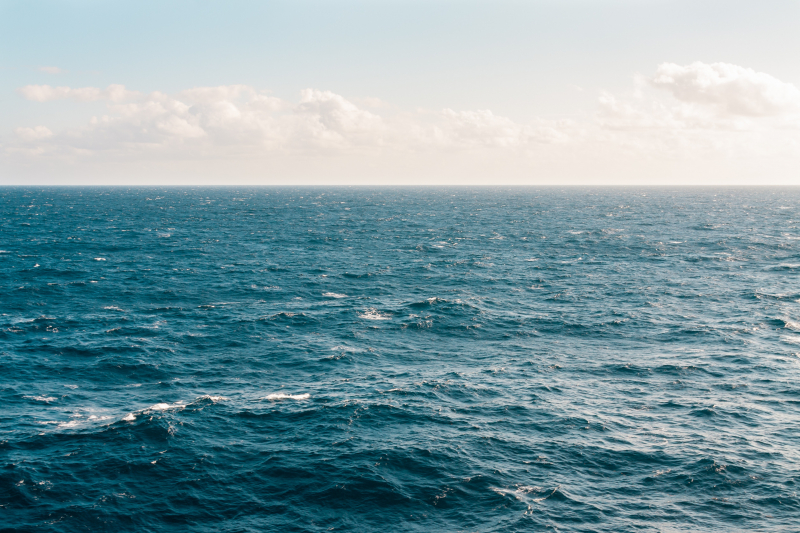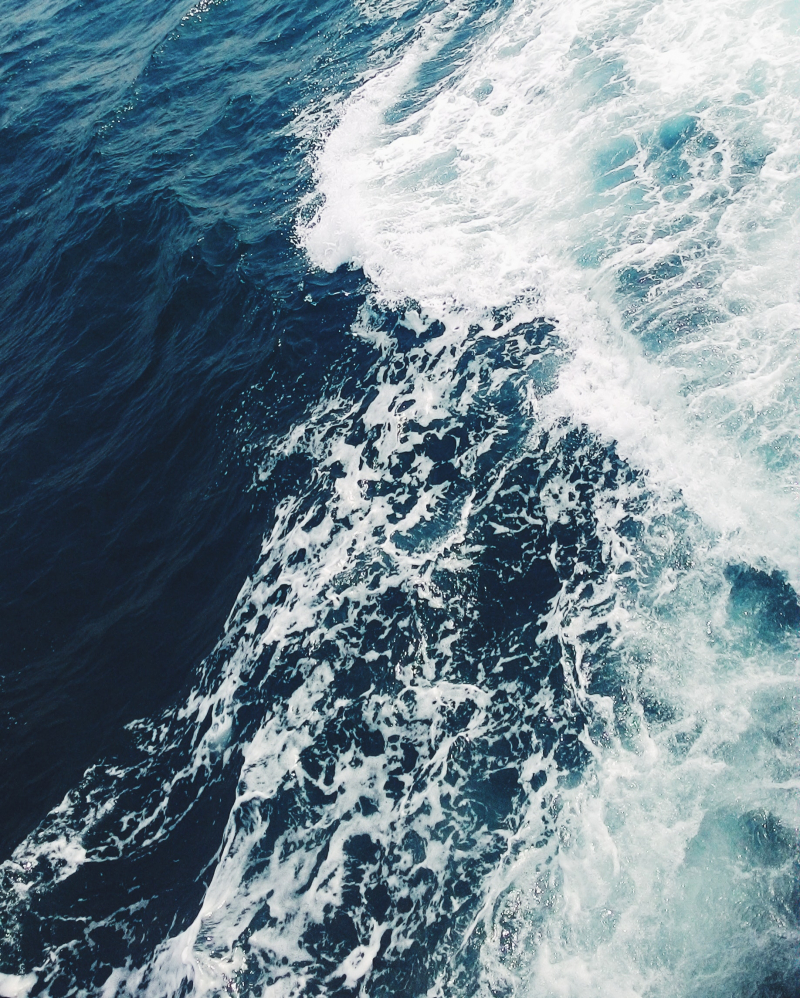Don’t Swim Parallel to the Shore in a Rip Current, You May Float Back Faster
The water is a hazardous environment because of all the poisonous creatures, pounding waves, and other factors. Rip currents are dangerous currents that can suddenly erupt near beaches and pull you out to sea, giving you the impression that the water is attempting to drown you. Numerous survival websites advise that if you get caught in a rip current, you should swim parallel to the beach. On the beach where rip currents are frequent, there are signs that instruct you to do this. Yet, it's not always a wise move.
Rips can develop virtually everywhere. Strong and narrow, the river is going back out to sea. A swimmer often cannot resist the force that can carry them far from the beach. It has never been a smart idea to swim against it, therefore people started to believe the parallel strategy was a good one. Simply avoid the current. It appears to be a viable solution, right?
Contemporary expert rip Jamie McMahon used to swim in rip currents for safety movies to demonstrate his belief that parallel swimming was the best strategy. The issue is that he observed it was simpler in one direction than the other. Because of all the deadly organisms, crashing waves, and other things, the sea is a dangerous place. Rip currents, which are perilous currents that can suddenly erupt on beaches and drag you out to sea and give you the impression that the water is trying to drown you, are dangerous currents. Many survival websites suggest swimming parallel to the beach if you get caught in a rip current. You can follow the instructions on the signs that are posted on the beach where rip currents are common. Yet, it's not always a smart choice.
Rips can appear almost everywhere. The river is flowing back out to sea, strong and narrow. A swimmer typically cannot withstand the force that can transport them a great distance. According to his studies, swimming parallel to the current can be just as hazardous.
You have a 50/50 probability of swimming against the current when swimming parallel to a circular current. He claims that while simply floating might not always be effective, it is still worthwhile to give it a shot to see whether it works before attempting to swim parallel. It's important to note that several groups, including the American Lifesaving Association, disagree with this stance.












